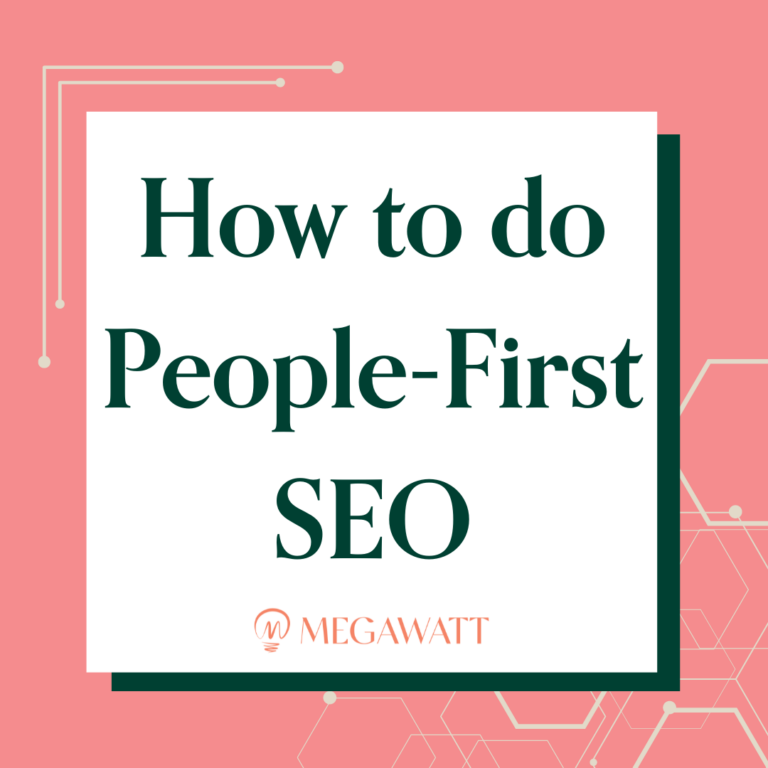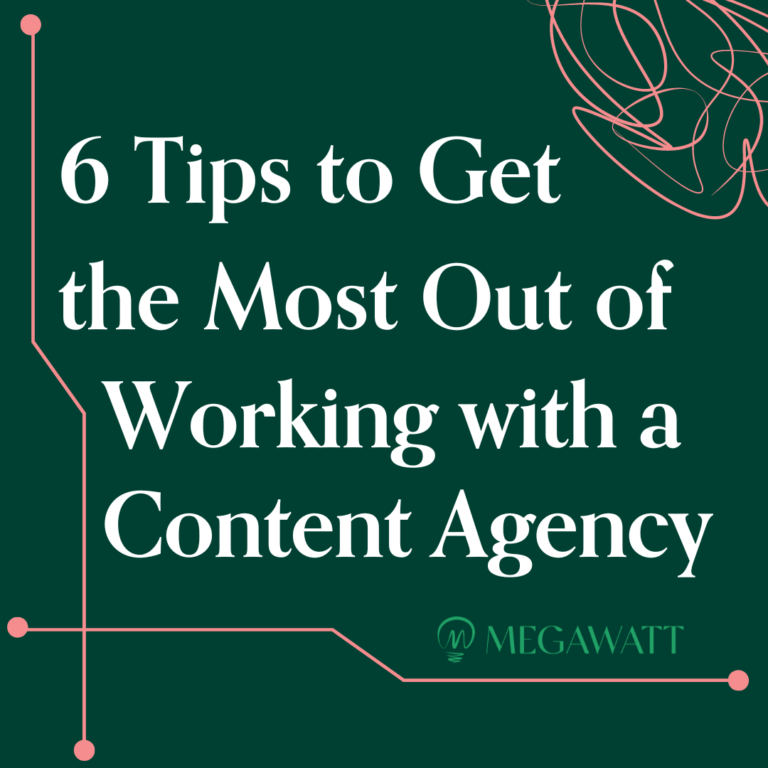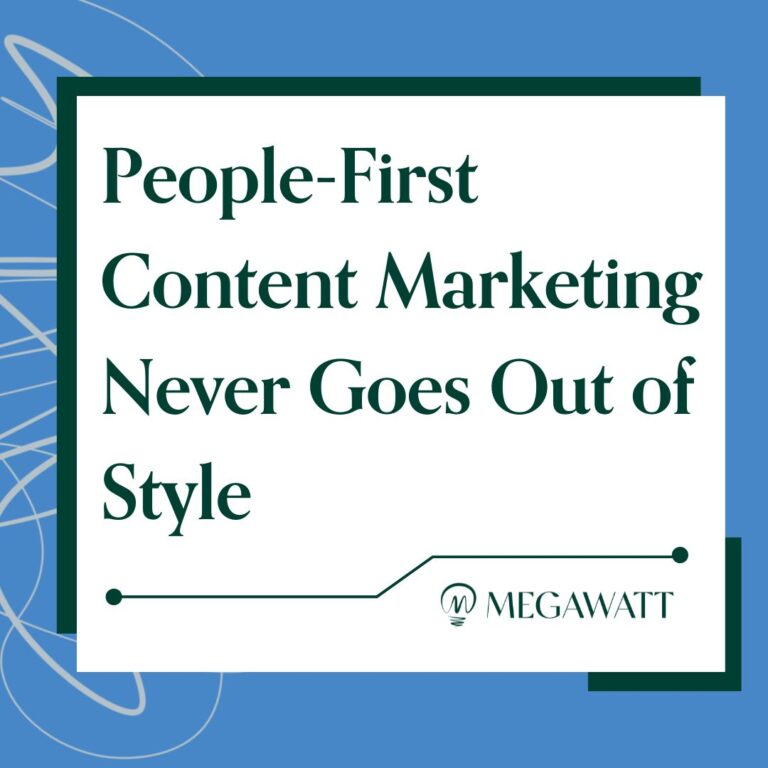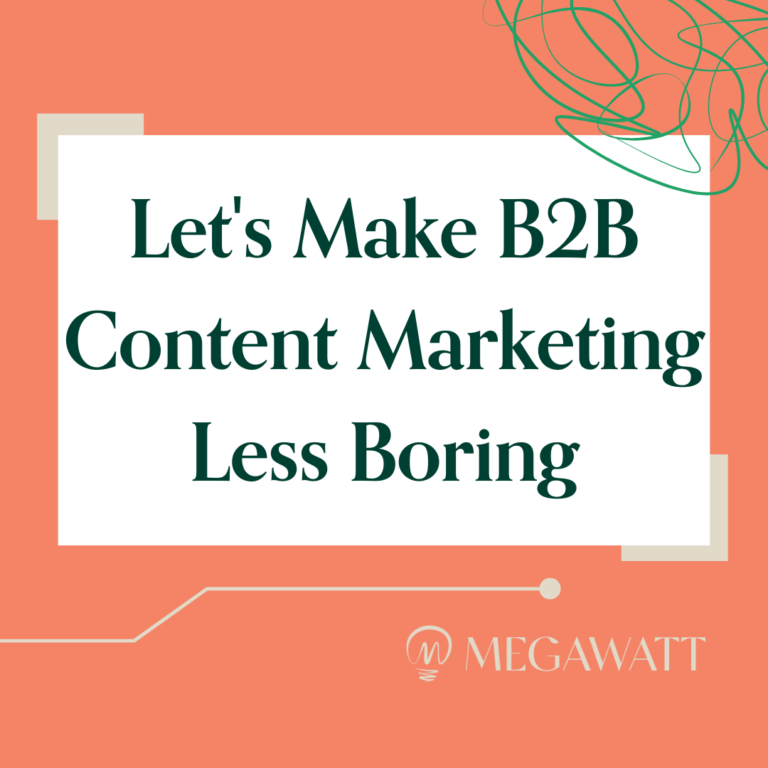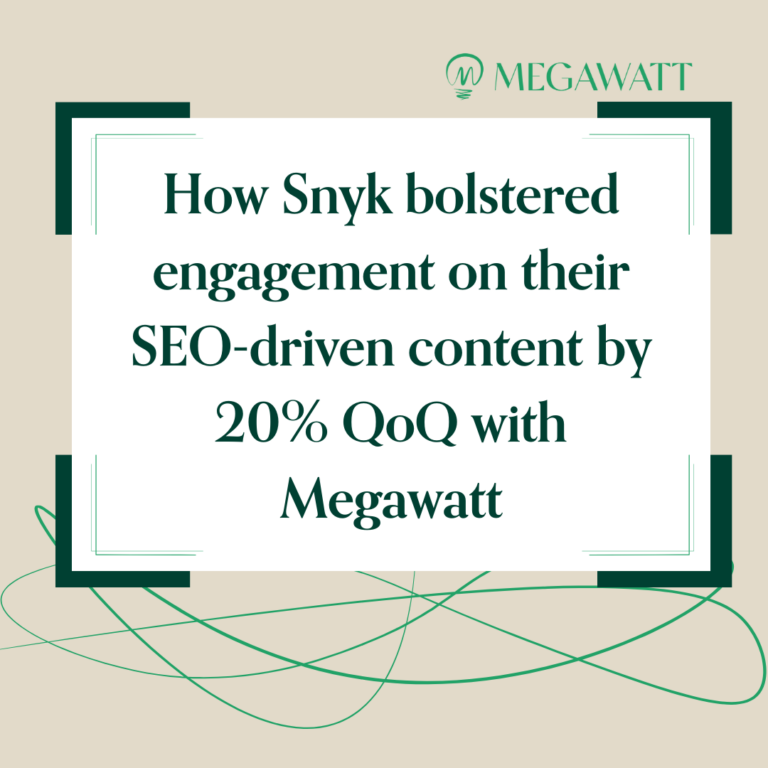B2B companies often want to invest in content marketing because they feel like they should, or they notice their competitors are doing it. But without a clear understanding of what you want to get out of a content program, it’s easy to let content creation efforts hum along for months before you say, “Wait, I thought our goal here was to…”
That’s why we think content marketers should strive to be as aligned as possible with CEOs, CMOs, and other company leaders about content strategy. Ultimately, B2B content marketing needs to be aligned with the overall business strategy.
The customer journey is more precisely defined today than ever before, with clear content objectives across each stage of the B2B marketing funnel. In fact…
Content can – and should – be directly mapped to each stage of the marketing funnel: top, middle and bottom.
Let’s take a look at the three main categories of B2B content and where they fit into the funnel.
What Is a B2B Marketing Funnel?
A marketing funnel is basically a visual strategy that maps out a path to guide potential customers from their first interaction with a business to achieving a specific goal (typically becoming a paying customer).
This map is divided into stages – top of funnel (TOFU), middle of funnel (MOFU) and bottom of funnel (BOFU) – that indicate the best resources to push a lead through the funnel, like paid ads, social media, SEO, content marketing, etc.:
A well-structured funnel will usually have 3-5 (or even as many as seven) stages which use different tier names, like:
- Awareness
- Consideration
- Preference
- Purchase
- Loyalty
Specifically, the B2B funnel is usually made up of four main stages of the customer journey:
- Top of the Funnel – Prospecting (Visitor, Lead)
- Middle of the Funnel – Lead Generation (MQL, SQL)
- Bottom of the Funnel – Closing the Deal (Opportunity, Purchase)
- Customer Retention – Encouraging repeat business and referrals
A B2B marketing funnel helps you focus your sales process, attract high-quality leads, and generate more sales through content marketing, SEO, lead gen, drip campaign emails, case studies, demos, etc.
Related Content: 5 Questions to Help Focus Your Organic B2B Social Media Strategy
How Does B2B Content Marketing Fit into the Marketing Funnel?
71% of B2B decision-makers begin their research on Google, which means you need to have a solid B2B content strategy in place to improve your ranking in the SERPs and drive traffic to your website.
The power of a good content strategy for B2B brands starts with appropriate search intent for each stage of the funnel. If you want your blog content to rank well, you need keywords that satisfy the intent of your B2B audience, which is typically made up of C-level executives, decision-makers and market researchers.
A B2B content marketing strategy leverages specific content assets for each stage in order to create a frictionless transition from one stage of the funnel to the next and ensure optimal lead generation, nurturing and conversions:
- TOFU content is meant to attract new prospects, build awareness and educate about a specific pain point or challenge your product/service helps solve.
- MOFU content works to build relationships with prospects with useful content that demonstrates how your product/service solves their problem.
- BOFU content is intended to help prospects make the purchasing decision by clearing up any objections and encouraging immediate action.
- Customer retention content helps retain existing customers and encourage repeat business as well as drive referrals.
The role of content marketing in your sales funnel is specific to each stage of the funnel, as we will see in the following sections.
TOP OF FUNNEL: Brand and Thought Leadership B2B Content
Many people view brand awareness as the quintessential form of marketing. The primary goal of brand marketing is to generate mass awareness — think traditional advertising campaigns in print, radio, television, and now the digital realm. It’s essentially spreading the word about your company with a broad brush, hoping that some of the folks who are exposed to your message decide to learn more about, and eventually buy, your products or services.
In B2B marketing, brand awareness can be spread through paid ads on social media, videos, search engines, and third-party websites. However, most marketers prefer to use their advertising dollars to drive users to lead generation pages or highly product-related content that is more likely to provide quick conversions.
That’s why savvy B2B marketers often create top-of-funnel content driven by organic keyword research to leverage the free traffic potential of search engines (especially Google).
For example, if you work for a company that develops project management software, you might discover that the key phrase “project management timeline” has good traffic potential based on its monthly search volume:
You could then write a blog post titled “What Is a Project Management Timeline?” or “Getting Started with Project Management Timelines” to introduce readers to the concept.
Worth noting: A lot of people who find that blog post via search may not be ready to buy your product, but many will think it’s a helpful resource and associate the expertise with your brand.
Another way to spread brand awareness is through thought leadership content. This top-of-funnel B2B content is less guided by keyword research and traffic potential, and more driven by commentary and analysis of industry topics and trends. Public relations is a classic approach for establishing and distributing thought leadership; working to get an article placed in a publication or a quote from one of your executives mentioned in a story is a typical example of this.
Today, thought leadership can be done internally or externally. You can have a company leader pen a blog on your website, or you can offer to have them write a guest post on someone else’s.
The key to creating compelling thought leadership that gets shared across various channels is to provide what Wes Kao calls the “spiky point of view.” Basically, it’s something you feel strongly about that others might disagree with. For example, “Why You Should Stop Using Timelines for Project Management and Start Using XYZ”. People might love it or they might hate it — either way, they’re going to tell their friends and coworkers about it.
MIDDLE OF FUNNEL: Educational B2B Content
In the middle of the marketing funnel, potential customers are evaluating their options and determining which product or service is the best fit for their needs.
That’s why educational content is a great fit for the middle stage in the buyer’s journey — it provides the answer to a specific problem they’re looking to solve.
Educational content probably isn’t going to go viral, but it can serve as an evergreen resource that remains relevant for years.
Keyword research once again proves valuable in determining which topics and queries people are searching. That’s why “how to” articles are a standard form of educational content that aren’t going away anytime soon. Just think of how many times you Google “how to xyz…” every day.
Going back to our previous example of a company that develops project management software, you might create a piece of content titled, “How to Create a Project Management Plan from Scratch.”
However, keyword research isn’t the only way to generate ideas for middle-of-the-funnel B2B content, nor should it be. Other highly valuable sources of inspiration include:
- feedback from your customer success team
- sales call recordings
- recurring customer support challenges
These are great ways to find customer pain points that your product or service solves and should be amplified through content.
Without looking, I’m guessing that a key phrase like “how to improve accuracy in project management forecasting” doesn’t have a ton of monthly search volume. However, it’s such a specific and urgent pain point that if your content gives the person the exact answer they’re looking for while gently introducing your product as a potential solution, those who come across it are more likely to move down the marketing funnel.
Related Content: 5 Tips to Write B2B Content Faster —Without Sacrificing Quality
BOTTOM OF FUNNEL: Product- and Service-Related B2B Content
Both TOFU and MOFU content can be considered product or service adjacent, because they can highlight your solution to whatever degree you’d like.
However, if someone simply wants to learn “What is project management?” then an article that comes across as a hard pitch for your product might disappoint. For this middle stage of the funnel, it’s important to focus on solving potential customer problems while keeping specific product references subtle and not overly salesy.
BOFU content, on the other hand, should highlight the reasons why your product or service is the best option, so that if someone reads it when they’re ready to buy, it seals the deal.
For example, you could create an article that explains why your tool blows away the competition: “Why [Product Name] Is the Best Way to Manage Projects in 2022.”
Other content types that can be used to clearly demonstrate what your product or service does, and why it’s the ideal option, include:
- Case studies
- White papers
- Industry reports
- E-books
- Webinar recaps
- Product update blurbs
Because bottom-of-the funnel content can be directly attributed to revenue, one of the best places to get feedback and advice about these pieces is your sales team. Forward one of them a draft of your latest case study and ask, “Could you see yourself using this to close deals? What information could I include to make it better?”
It may be difficult, or sometimes even impossible, to measure search traffic to BOFU content. But the important thing is proving that it can be tied to conversions and positively impact the company’s bottom line.
Related Content: B2B Marketers, It’s Time to Swap Qualified Leads for Quality Stories
Full-Funnel B2B Content Marketing: Maximizing Your Chances for Success
By aligning your content strategy with your broader business strategy and mapping different types of content to specific objectives, you’ll have a better idea of what you’re trying to accomplish through content and, therefore, how to measure success.
Ultimately, B2B content is about ensuring that executives, marketing leaders and content creators are on the same page about the role content plays within the marketing funnel and how it can help promote business growth.
We hope you learned how to improve your B2B content marketing strategy! But if you just want an expert B2B content marketing agency to do it for you click here!
